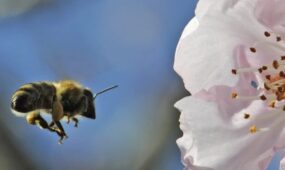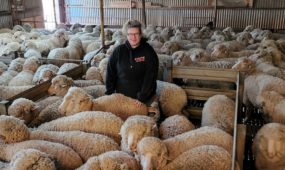Urban vineyards give second life to Australia’s youngest red
Primary Industries
A South Australian winery has used grapes from its city vineyards to release what is believed to be the first red wine of the 2020 vintage – in a whirlwind 40 days from harvest to bottling.

Sign up to receive notifications about new stories in this category.
Thank you for subscribing to story notifications.
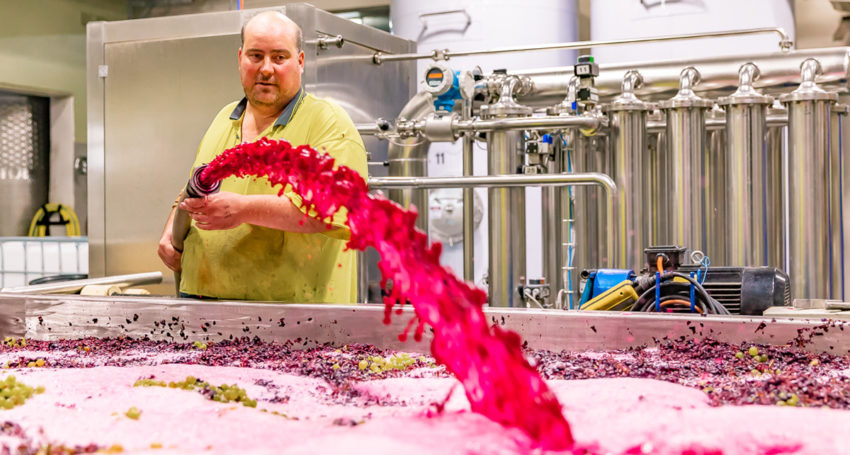
The Grenache/Pedro Ximenez blend was produced by Patritti Wines and is a tribute to the winery’s 94-year history.
Patritti conducted a similar project in conjunction with the Australian Wine Research Institute in 1978, gaining national media attention for the scientific feat of producing Australia’s youngest ever commercial red wine.
But unlike the one-off 1978 Grenache/Shiraz experiment, Patritti winemaker Ben Heide said the 2020 April Red had already proven a hit and would be back again next year.
He said it was the first red released of the 2020 vintage as far as he was aware “because I don’t think many people got wine in bottle by April”.
“We took it up this year as a bit of a nod to the past and we just thought it was a really good opportunity to show off those local vineyards and get it into bottle really quickly,” Heide said.
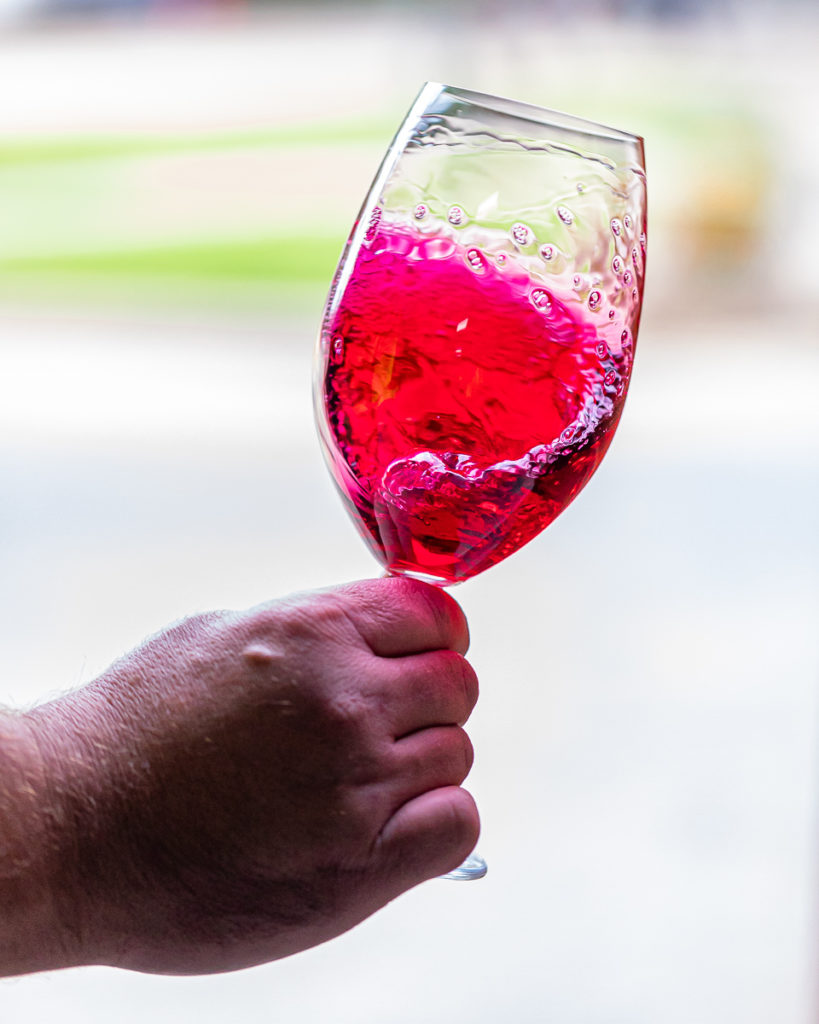
“These days with much more modern technology to analyse the wine and make sure the fermentation has finished and is stable, it is easier to bottle so young.
“We’ve been stoked with it and it’s gone down really well. It’s been a fun project and I think the best thing about it is that it’s really good booze.”
Patritti Wines is the last remaining family-owned suburban winery in Adelaide. While it sources the majority of its grapes from its McLaren Vale vineyards, it grew the Grenache and Pedro Ximenez grapes for April Red at two suburban vineyards it manages for the local council.
Only 2700 bottles of the wine have been produced. It is being sold through Patritti’s cellar door and online with small amounts sent to interstate distributors.
The grapes were picked in mid-March, the wine was bottled in the last week in April and released at the Dover Gardens cellar door on June 1.
Pedro Ximenez, a white grape traditionally used to make Sherry, makes up just 12.4 per cent of the blend and was added to the ferment in whole bunches.
Heide said Pedro was a fairly neutral grape and worked well in a red blend with Grenache.
 “It’s not an overly fruity white grape whereas if you had a Riesling or something with a lot of aromatics those characters would really compete with the red,” he said.
“It’s not an overly fruity white grape whereas if you had a Riesling or something with a lot of aromatics those characters would really compete with the red,” he said.
“It’s brought some softness and it’s brought some spicy elements and some of that comes from the fact that whole bunches were used.
“We figured that people would want to give it a try because they haven’t had a Grenache/Pedro blend and they haven’t had a red wine bottled so young before.
“But really seeing people coming back for more after a couple of weeks has convinced us that we’ll be doing one again next year.”
At 14 per cent alcohol volume the wine still has backbone, despite its relatively light colour.
The winemaking process was kept simple – and fast. After fermentation the wine was pressed, settled out, put through a cold process to ensure it was stable and then bottled.
“It’s pretty much the least you can do to a wine,” Heide said.
“The point of it is it’s really young and you get to taste the vintage really young but once the weather warms up and you want a red but you don’t want a heavy red then this wine is really going to come into its own.
“It’s definitely not a Rose, it’s a light red but it’s easy to drink. In saying that, it’s still quite complex and is a real red wine.
“Being a new experiment for us I can’t say for sure how many years it’s going to last.
“It’s gone into bottle so fresh and in such good condition it will last a couple of years and it will be really interesting to see how it develops in the bottle but it’s not intended for long-term cellaring.”
The Grenache for the April Red is sourced from the council-owned Marion Vineyard about 12km south of the centre of Adelaide and 10km north of Reynella, where John Reynell produced one of Australia’s first wine vintages in 1842.
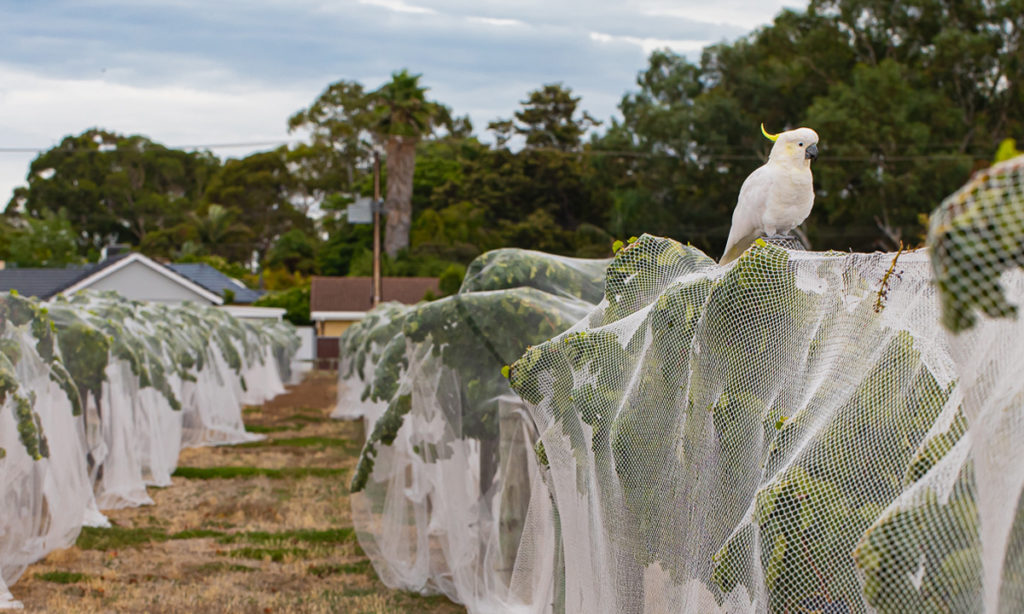
The Marion Vineyard in suburban Adelaide is surrounded by housing and a public swimming pool.
Planted in 1907, the 1-hectare vineyard is surrounded by housing and a public swimming pool in the southern suburbs of Adelaide. Grapes from this year’s vintage will also be used to produce Patritti Marion Vineyard Grenache Shiraz, which has been awarded 96 of a possible 100 points by Australia’s leading wine critic James Halliday four times in recent years.
The Marion Vineyard is one of only a few commercial urban vineyards left in the world and is claimed to be the oldest as South Australia was one of the few wine producing areas not affected by the global phylloxera outbreak that ravaged vineyards around the world in the late 19th and early 20th centuries.
Last year, Patritti also took over the management of another local vineyard on land owned by the City of Marion in an area on the banks of the Sturt River known as Laffer’s Triangle planted with 0.4ha (1 acre) of Pedro Ximenez and Doradillo vines that are more than 50 years old.
“As we only took over the block last year, it takes time to get a vineyard back into balance in terms of the pruning and the planning so we don’t really know how much Pedro we’re going to get each year,” Heide said.
“One thing we have done with this wine is we’ve priced it at $24 a bottle and considering the Grenache has come from the oldest urban vineyard in the world, there’s hardly any Pedro left anywhere and it’s been a bit of a mission to put it all together that’s still keeping it accessible and not pricing it out of people’s reach.
“The response so far has been great so we’re expecting to sell out.”
South Australia is consistently responsible for about 50 per cent of Australia’s total annual production and about 75 per cent of its premium wine.
Jump to next article
